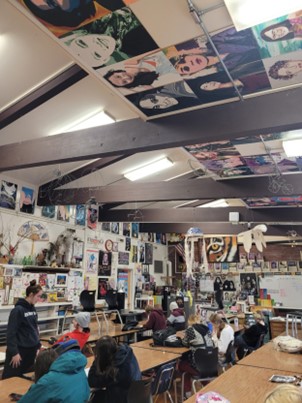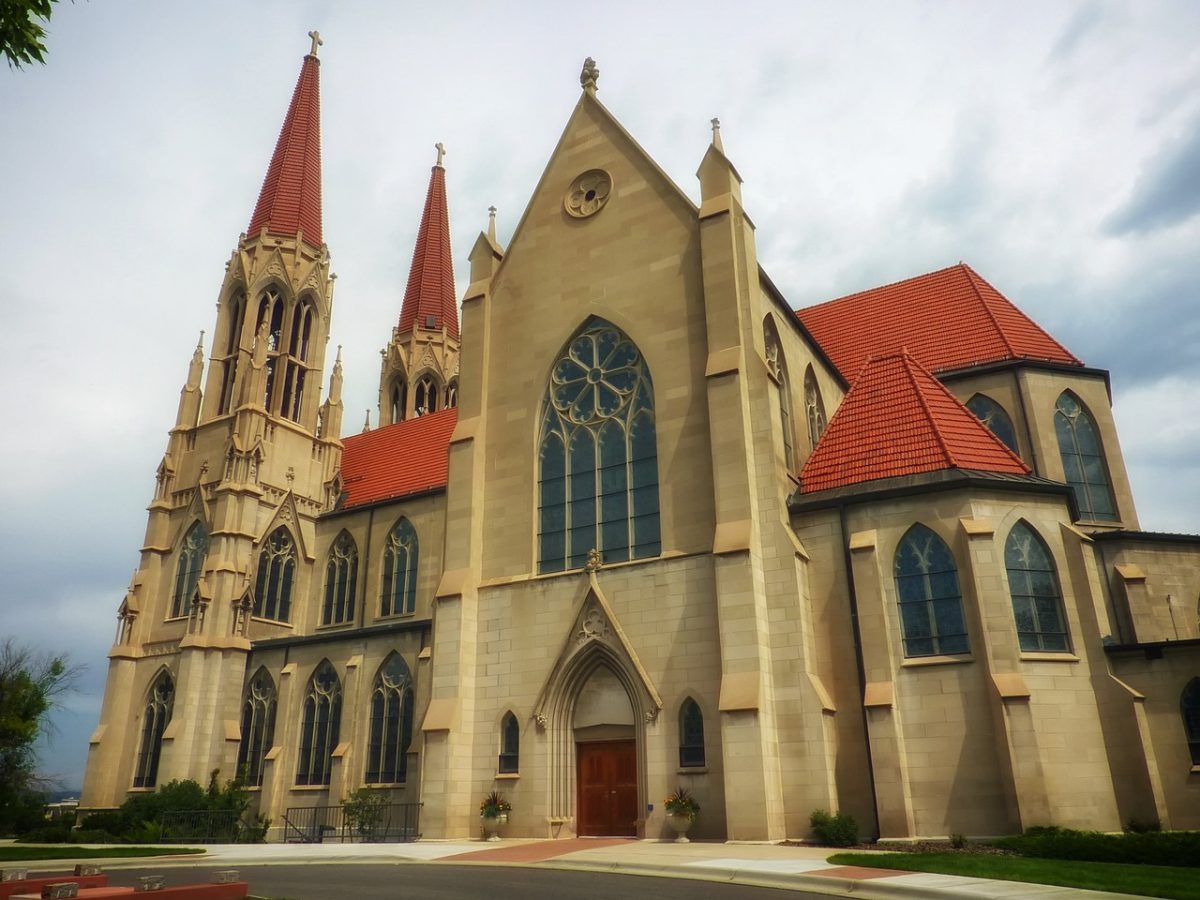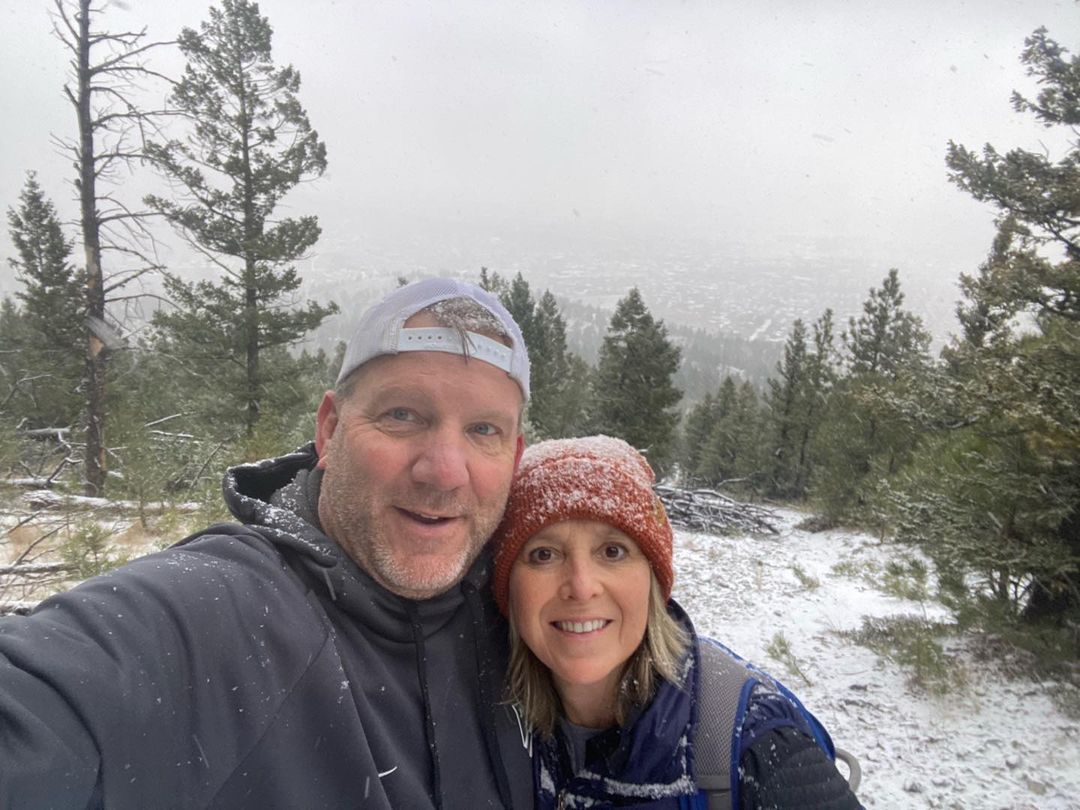Two new med schools in Montana. Good right? Well, this could impact WWAMI, a multi-state education program focused solely on medical education. WWAMI stands for the involved states, Washington, Wyoming, Alaska, Montana, and Idaho. But what makes a state eligible for the program? Why would new med schools affect WWAMI? What is the future of medical education in Montana?
Well, until recently there were no medical schools in Montana. Our resulting lack of physicians makes Montana eligible to be a part of WWAMI. WWAMI aims to provide medical education to underserved parts of the northwest like Montana, with the end goal being an increase in physicians. WWAMI allows Montanans to be educated at a medical school through University of Washington, which administers their schooling at MSU and in Seattle.
However, with the addition of two new medical schools – one of which is for-profit – UW may no longer view Montanans as eligible for its program. The Touro College of Osteopathic Medicine held its grand opening in Great Falls on August 7, 2023, and Rocky Vista University-Montana campus held an opening ceremony on July 15, 2023, in Billings.
Two new medical schools could also shorten the supply of clinical resources. This could be unwelcome news for WWAMI and their teachers. New schools could require more slots for teachers in an area where there are already too many open slots. While this could mean that the new schools may succeed, this also means that the existing WWAMI program may drop in resources, teachers, and even students. According to the UW medical school’s website, 1077 students have graduated or are currently enrolled in the WWAMI program. Touro Osteopathic College may be able to house more of Montana’s students, but the learning experience may be worse due to the lower amounts of supplies; and the same goes for the for-profit Rocky Vista College
Along with that, WWAMI–a highly respected program–may drop Montana completely. Now that we have two new medical schools, WWAMI may find that Montana no longer lacks medical schools; and without WWAMI, what would we do? What would medical education be like here in Montana?
Well, this same event happened in Idaho when the ICOM was built (Idaho College of Osteopathic Medicine). The two programs WWAMI and ICOM have worked together to bring hundreds of doctors to Idaho. So, the same could happen with Montana.
But this is where the issue lies. Three-fourths of ICOM’s students are from out of state, and WWAMI does not accept students unless they have lived in one of the eligible states for two or more years. While Touro college will prefer Montana-based students there will be no quota for how many out-of-state students are accepted, making it take more resources to get fewer Montana physicians.
Multiple new schools could make or break Montana’s future in medicine. With more resources used, fewer Montana residents being accepted, and the potential loss of WWAMI, Montana could be in danger. But, with the possibility of the organizations working together, the student acceptance rate increasing and many new job openings, which could also be good.
Montana is taking a significant risk with potential high reward.







